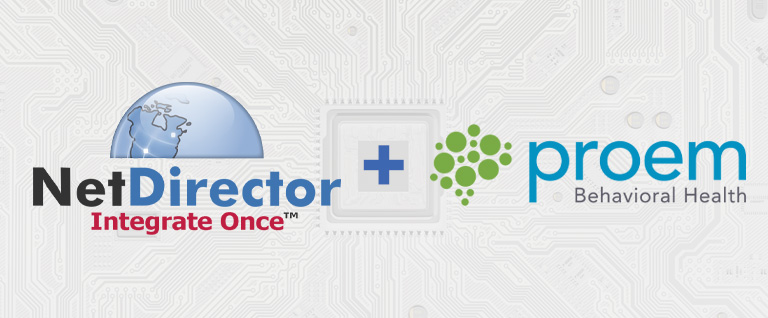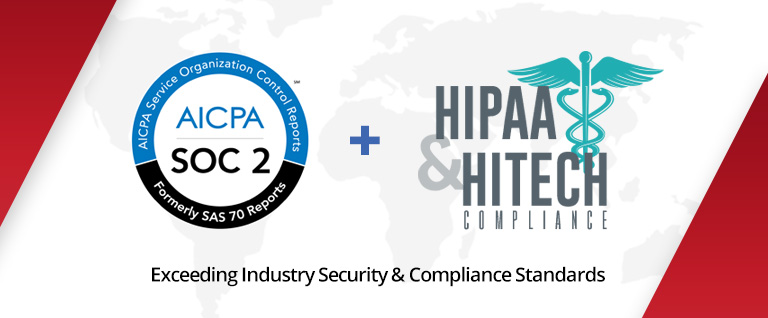As 2016 comes to a close, major developments in health information technology reveal continuing storylines for the year to come. Here’s a brief overview of progress made and ongoing opportunities for health information exchange to surmount pending challenges.
Value-based care
Medicare and commercial insurers are moving quickly toward valued-based payment models, leaving fee-for-service behind. Nonetheless, the implementation of supporting technology remains a work in progress. The 2016 HIMSS Cost Accounting Survey reveals that about half of healthcare provider organizations participate in some type of alternative payment model, but only 3 percent believe they are highly prepared to make the pay-for-value transition. “It will be critical that the industry reaches some level of consistency in terms of how providers should manage the exchange of clinical and financial information between all parties involved in an episode of care, regardless of whether they are part of the same healthcare delivery system,” explains Pam Jodock, HIMSS’ senior director of health business solutions.
Legislation
On December 13, President Obama signed into law the broad-reaching 21st Century Cures Act, which makes significant investments aimed at solving some of the nation’s biggest health challenges. Among its many varied provisions, the Cures Act seeks to improve health IT interoperability by promoting complete access, exchange and use of all electronically accessible health information for authorized use under applicable state or federal law. The legislation puts a priority — and calls for a Government Accountability Office study — on patient-matching technology that would accurately identify patients for electronic exchange of health information among providers.
Cloud computing
The shared-resources, data-on-demand model known as cloud computing continues to evolve as a trusted healthcare technology core component “underpinning the continued development of electronic health records and big data analytics,” reports HIT Infrastructure. This aligns with increased use of software-as-a-service offerings in areas such as clinical data systems and technical support desks as organizations look to lower costs and improve overall operations, according to research firm Gartner. Cloud security and compliance concerns remain in play, however, especially in the handling of health data and protected health information.
Data sharing
Data is seemly everywhere these days, continually growing, with much of it available to be shared. Despite concerns about the privacy and security of health data, 77 percent of respondents to Rock Health’s 2016 Digital Health Consumer Adoption Report are interested in sharing their health information — especially to get better care from their doctor. Among those surveyed, 79 percent said they would divulge their health history, physical activity (76 percent) and genetic data (64 percent) with a physician. On the flip side, in regard to accessing health information, it matters most to those in poor health. Twenty-eight percent of respondents who self-rated their health status as poor or bad highly desired an electronic copy of their health records, while only 19 percent of those in good health were as interested.
Behavioral health and special care innovation
The U.S. Department of Health and Human Services projects treatment spending on mental and substance use disorders will total $280 billion in 2020. Including individuals with intellectual or developmental disabilities and those who require long-term services and support because of chronic medical conditions or physical disabilities, more than 35 percent of U.S. annual healthcare expenditures flow toward care for groups that constitute less than 20 percent of the population. Efforts to understand population health risks and intervene with preventive care models that reduce costs and improve care have started to gain traction, reports CIO. In one such initiative, Quest Diagnostics is working with University of California San Francisco to tap a database of 20 billion lab test records, combined with a five-minute cognitive assessment, for early detection and treatment of dementia.
NetDirector’s cloud-based HealthData Exchange comes into play in many areas of the developments that have shaped health IT during 2016. The service not only facilitates EHR integration and streamlines clinical workflow and communications with the extended provider community, but also complements existing IT investments.
For more information, please contact us or request a free demo.




